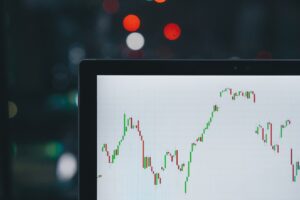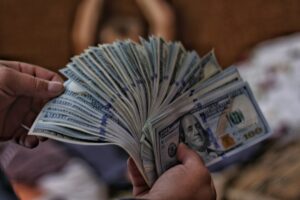Maximizing Your Trading Potential: How to Calculate Lot Size for Different Market Conditions
One of the most important aspects of successful forex trading is determining the right lot size for your trades. Lot size refers to the volume or quantity of a trade and can have a significant impact on your risk management and potential profits. Understanding how to calculate lot size for different market conditions is crucial for maximizing your trading potential.
What is a Lot Size?
In forex trading, a lot is a standardized unit used to measure the volume or quantity of a trade. The standard lot size is 100,000 units of the base currency, but there are also mini lots (10,000 units) and micro lots (1,000 units) available. Lot size determines the potential profit or loss of a trade, as it affects the pip value and the overall risk exposure.
Calculating Lot Size for Different Market Conditions
Different market conditions require different approaches when it comes to lot size calculation. Here are some strategies to consider:
1. Fixed Lot Size:
This is the simplest approach, where you always trade with the same lot size regardless of market conditions. For example, if you always trade with one standard lot, your risk exposure will remain constant. However, this approach does not take into account the volatility or risk of each specific trade, which could lead to potential losses during highly volatile market conditions.
2. Percentage Risk Model:
This strategy involves determining the lot size based on a specific percentage of your trading account balance. For example, if you decide to risk 2% of your account balance on each trade, you would calculate the lot size based on that risk percentage. This approach allows for flexibility and adjusts the lot size according to the size of your account, reducing the risk of overexposure.
To calculate the lot size using the percentage risk model, you need to consider the stop loss level of your trade. The formula is as follows:
Lot Size = (Account Balance * Percentage Risk) / (Stop Loss in Pips * Pip Value)
The stop loss level is the price level at which you would exit the trade to limit your losses. The pip value is the value of one pip in the currency pair you are trading. By using this formula, you can calculate the lot size that aligns with your risk management strategy.
3. Volatility-Based Model:
This approach takes into account the volatility of the market and adjusts the lot size accordingly. Higher volatility usually requires a smaller lot size to manage the risk, while lower volatility allows for a larger lot size. One way to measure volatility is by using the Average True Range (ATR) indicator, which calculates the average range of price movement over a specific period.
To calculate the lot size using the volatility-based model, you need to consider the ATR value of the currency pair you are trading. The formula is as follows:
Lot Size = (Account Balance * Percentage Risk) / (ATR * Pip Value)
By incorporating the ATR value into the calculation, you can adapt your lot size to the current market conditions and mitigate potential losses during periods of high volatility.
Conclusion
Calculating the appropriate lot size for different market conditions is an essential skill in forex trading. By employing strategies such as fixed lot size, percentage risk model, or volatility-based model, you can effectively manage your risk exposure and maximize your trading potential. Remember to consider factors such as your account balance, stop loss level, pip value, and market volatility when determining the lot size for each trade. As with any trading strategy, it is crucial to practice risk management and continuously monitor and adjust your lot size as market conditions change.





